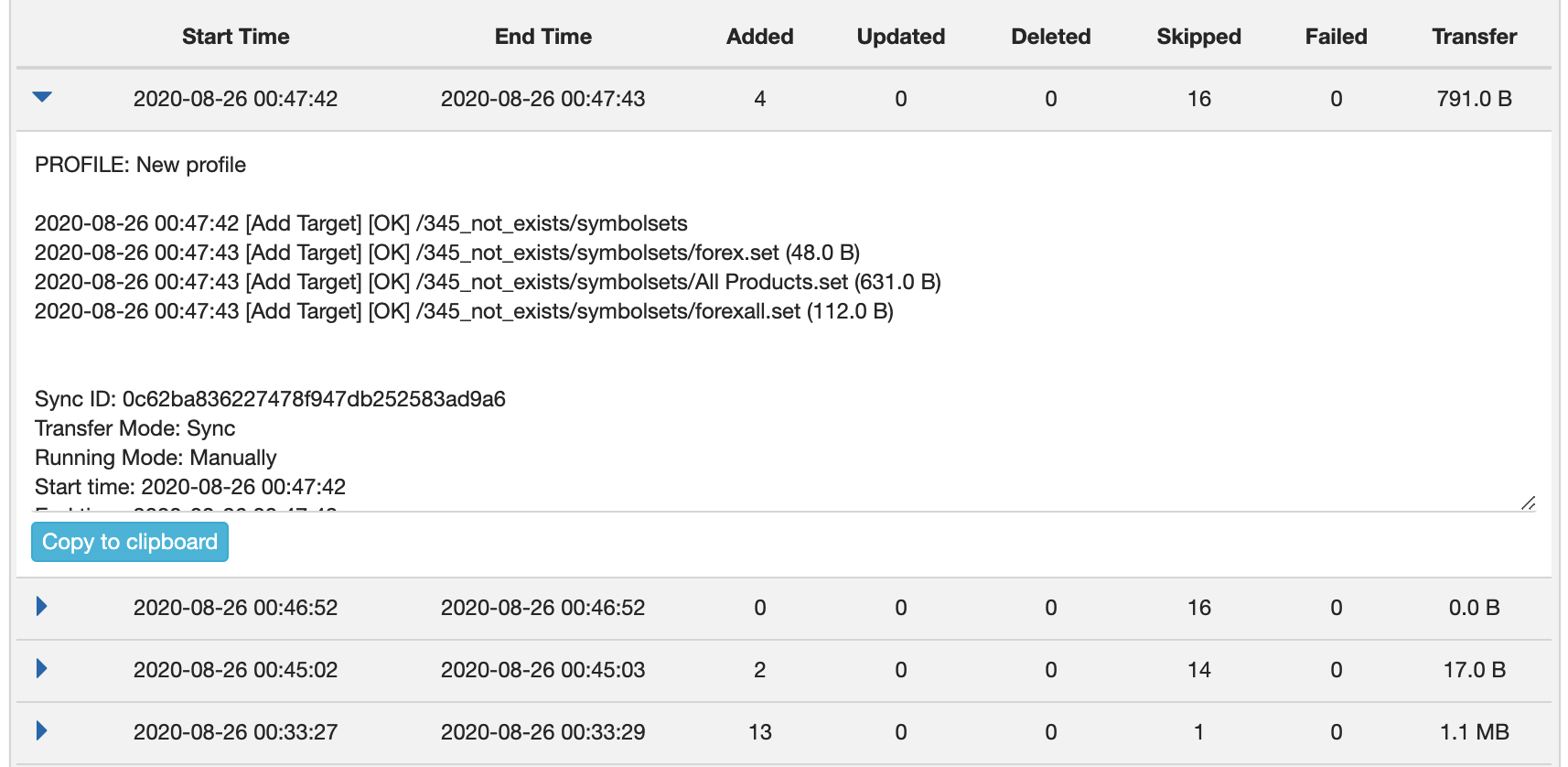
You can now connect to your ftp server with a favourite FTP client, like WinSCP. Once it's all done, just restart vsftpd - sudo systemctl restart vsftpd. The pasv settings are enabling FTP passive mode and specify allowed port ranges, which should be the ports you open in NSG: The whole custom section should look like this: pasv_enable=YES And allow user's home folder to be writeable - allow_writeable_chroot=YES Next, enable passive mode by inserting these lines anywhere in the config file: pasv_enable=YESĪlso add seccomp_sandbox=NO because of a rare "feature" workaround in some linux distros. Therefore you need to create one - mkdir ftp from your home folder. It essentially says that local users are allowed to log in, and their home folder will be called ftp. Now we want to allow access for this machine's users to their home directory, therefore search for chroot_local_user and make sure it looks like this: chroot_local_user=YES Allow local users to log in: local_enable=YES.

AZURE FTP SERVER COST INSTALL
Then just install vsftpd (stands for Very Secure FTP Daemon): $ sudo apt install vsftpdĪfter it's installed, you need to change it's configuration, because by default nothing works in Linux - sudo nano /etc/nf Once done, SSH to your VM and it would be a good idea to run sudo apt updateīefore isnstalling anything. I chose these numbers randomly and you can customise them to different numbers. In addition to that, you need to open firewall ports in Network Security Group configuration for your FTP service, the ports are the following: This can be changed in Configuration tab of a VM: You will get an IP address, but I like giving DNS labels to my machines, so if IP changes, I can not care about it. The first thing you can do is create that VM, apprently. If you are cheap like me, you can even run more stuff on that VM to justify the costs.

All you need to do is create a Ubuntu VM, even A0 instance is enough, and it costs something like £8 a month. However, it's really easy to set up by yourself. Microsoft Azure doesn't have a managed FTP service, which I needed today to simulate integration with legacy systems.


 0 kommentar(er)
0 kommentar(er)
